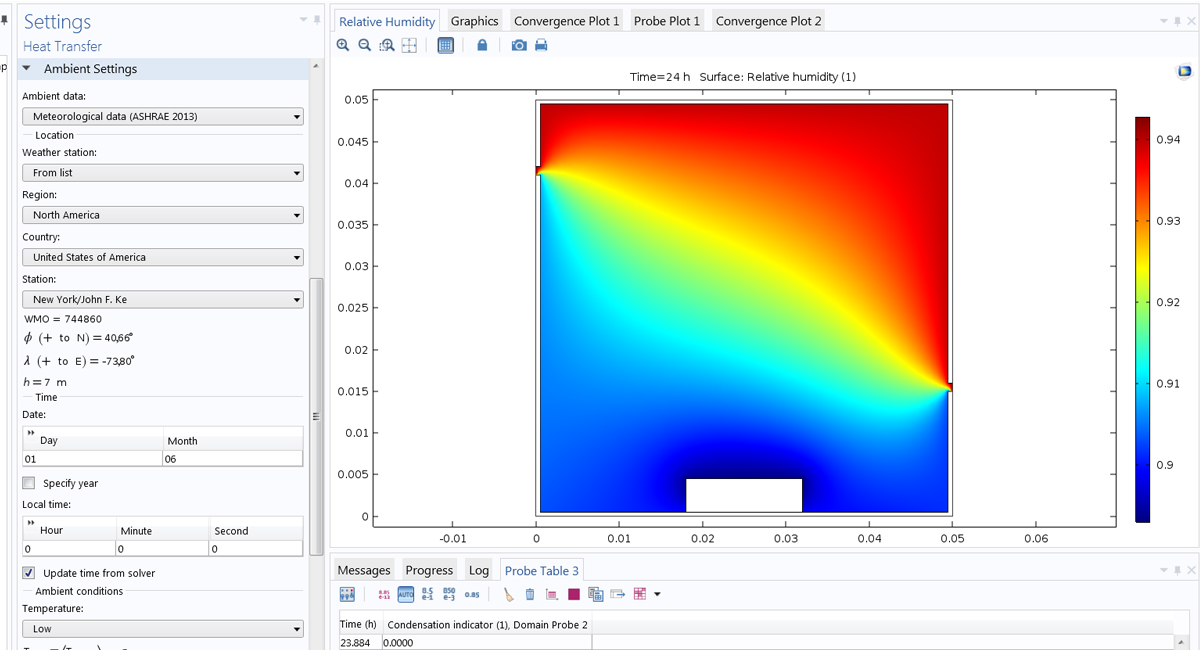


For each active area, two connection lines to the lower and upper electrodes can also easily be observed due to the transparency of the thin P(VDF-TrFE) layer. The extension of each of these squares yielding the active areas was, under a microscope, estimated to be around 450 × 450 μm, while the element pitch (center-to-center) distance was estimated to around 1 mm. Materials and Methodsįrom Figure 1b,c the active elements can be identified as the four square-shaped domains towards the center of the image. Many of the proposed experimental and numerical methods that are applied here to a specific type of transducers are quite general and flexible, and might therefore be adapted to other types of transducer configurations. The measured ultrasonic pressure fields were also compared with numerical model-based pressure filed using the k-Wave software. The built prototypes were analyzed both in terms of acoustic performance and spatial distributions of the acoustic pressure fields employing narrowband and wideband excitations. For the latter field, it was also important to investigate the interference field between multiple elements. This includes measuring and/or simulating the ultrasonic pressure field generated by the unfocused transducer elements, both internally in the elastic and piezoelectric layers, and remotely in the water tank. The main purpose of this paper is to investigate numerical and experimental methods that are suitable for modelling unfocused transducer arrays. These includes, for example, enhanced temperature variation of physical properties, lower processing temperatures, lower piezoelectric coupling, and higher mechanical and electrical loss. One the other hand, polymer-based materials have several disadvantages compared to inorganic transfer materials. A large impedance mismatch, as for example between sapphire and water for a ZnO transducer, will typically require one or several match layers in front of the transducer for broad-band applications, which again will diminish the sound transmission and increase the geometrical aberration for both focused and unfocused transducer beams. At the same time, the materials are flexible to some extent, and relatively easy to process. Polymer-based transducers also typically provide a much better acoustic match with commonly used materials like water, human tissue, and polymers than transducers made from inorganic piezoelectric materials. The flexible piezoelectric film of PVDF and its copolymer are fabricated by techniques such as spin coating, hot pressing, stamping, and spraying on a flat substrate. At the same time, these piezoelectric polymers are very suitable materials for achieving high frequencies with a large bandwidth for ultrasonic sensors and transducers. The application of P(VDF-TrFE) copolymer transducers has also been broadened from hydrophone fabrication to ultrasonic imaging of the microstructures of tissue, in, for example, dermatology, ophthalmology, and bio-microscopy. Although the electromechanical coupling coefficient of ferroelectric polyvinylidenefluoride (PVDF) and its copolymer PVDF trifluoroethylene are lower than piezoceramic materials, polymer transducers have been successfully employed for various high-frequency ultrasound imaging in biological applications. A typical situation for transducer design is that a trade-off has to be made between production complexity, bandwidth, and sensitivity. These include the noninvasive micro-structural characterization of materials, characterization of surface and subsurface mechanical properties of piezoelectric materials, structural health monitoring of composite structures, surface defects on polymer circuit, and studies of anisotropic phonon propagations. Quantitative acoustic imaging and characterization using ultrasonic transducers has emerged within many fields related to nondestructive testing (NDT) and medical imaging. Ultrasonic pressure field measurements were visualized at various distances from the transducer surface and compared with the numerical findings. Later on, measurements were undertaken of the ultrasonic pressure fields in a water-scanning tank using a hydrophone system. The experimental characterization also involves two methods (narrow and broadband pulses), which are measurements of the acoustic reflections picked up by the transducer elements.
#Comsol 5.2a download free software#
Two different types of numerical approaches were used to simulate the transducer performance, including a finite element method (FEM) study of the transducer response done in COMSOL 5.2a Multiphysics, and modeling of the excited ultrasonic pressure fields using the open source software k-Wave 1.2.1. The current paper focuses on experimental and numerical methods for measuring the acoustic performance of these types of array transducers. High-frequency unfocused polymer array transducers are developed using an adhesive-free layer-by-layer assembly method.


 0 kommentar(er)
0 kommentar(er)
